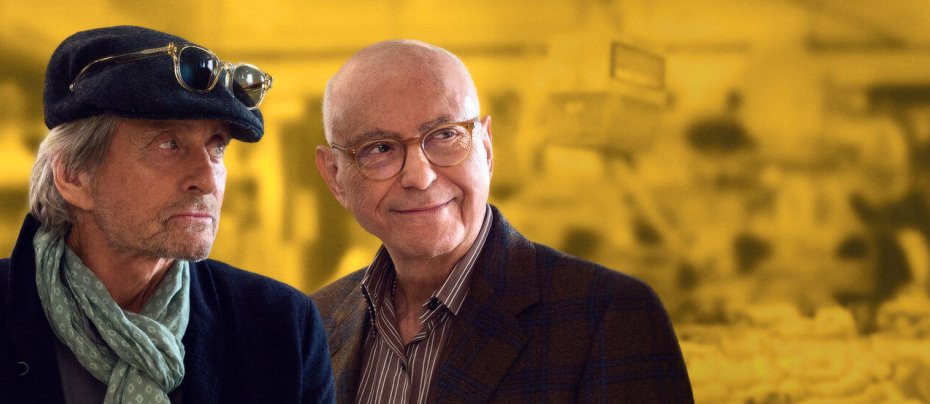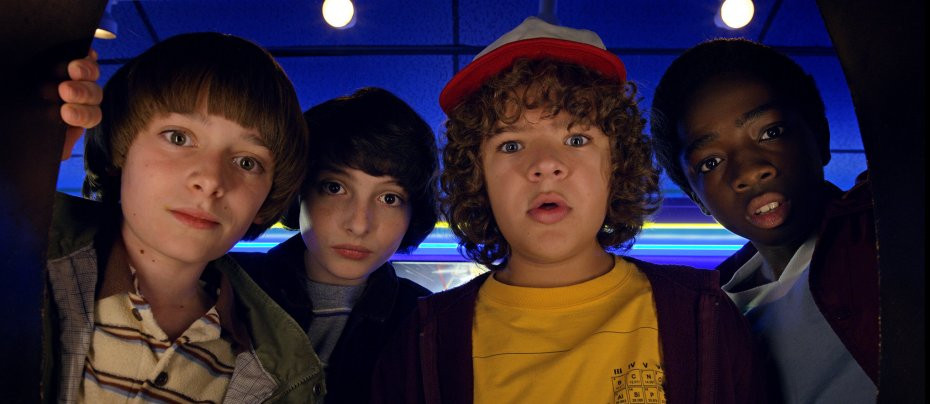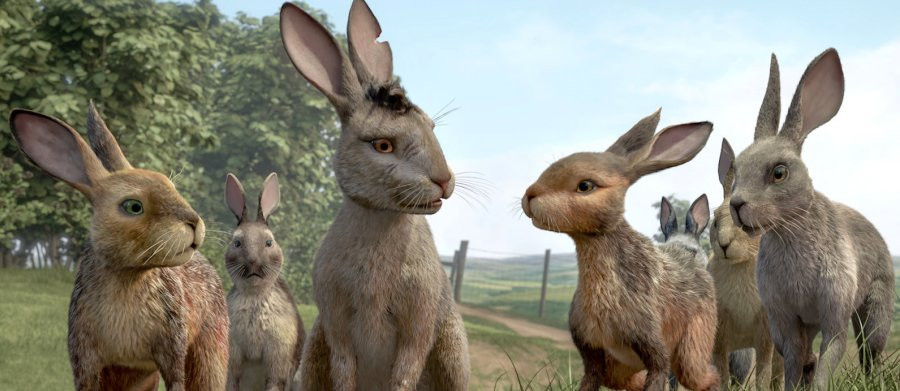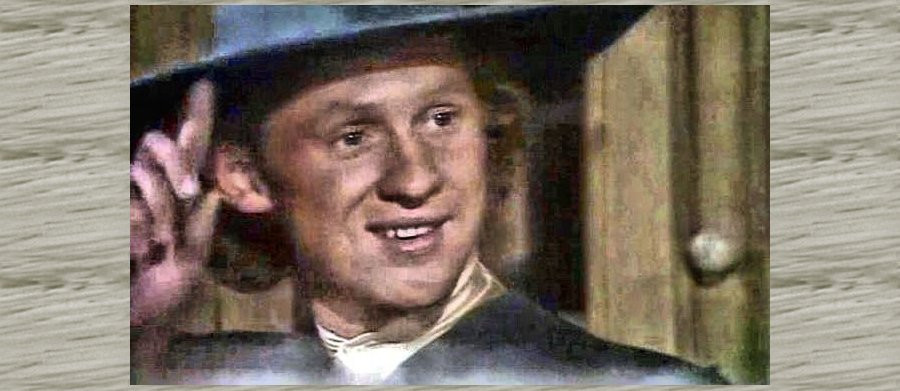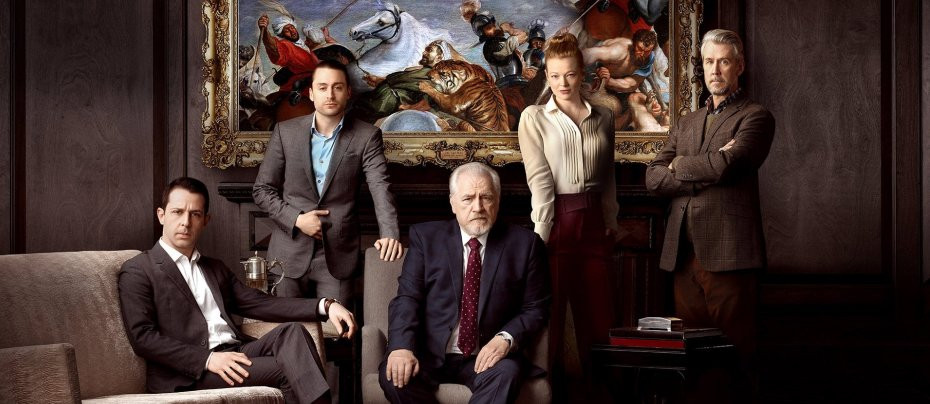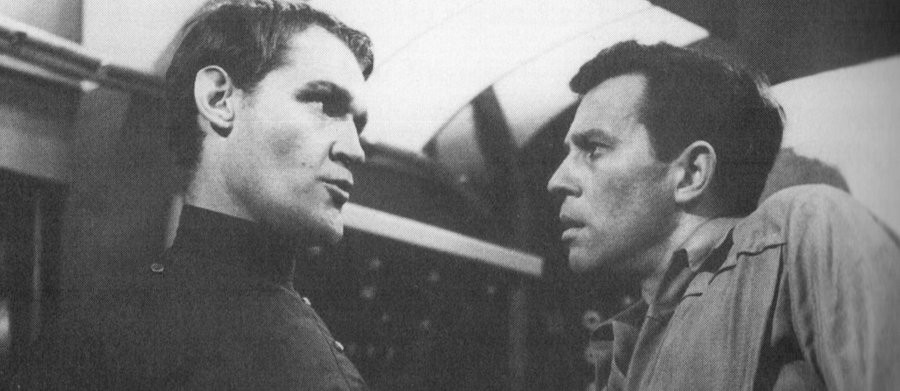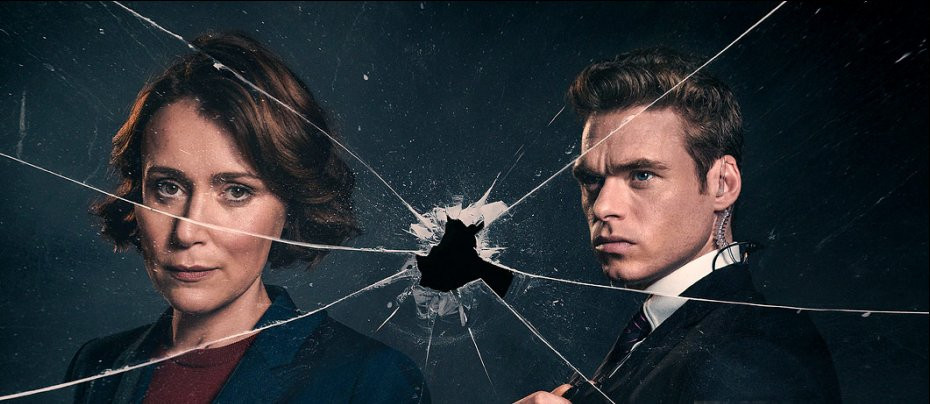
Stranger Things
2018 - United StatesWe start off by meeting basically the kids from 'ET,' with a touch of 'The Goonies.'
Stranger Things review by John Winterson Richards
The Eighties were the last "cool" decade - meaning not only the last cool decade to date but possibly the last cool decade of Western civilisation. The combination of the internet, mobile telephones, corporatism, consumerism, globalism, regulation, litigation, overseriousness, and so called "political correctness" may have killed the possibility of a whole decade ever again being spontaneously stylish, as well as the possibility of children exploring the world without supervision (for the record, the only other cool decades were the Sixties, the Fifties, and the Twenties, in that order: anyone who tries to include the Seventies is forgetting a lot and just because they were not as uncool as what followed does not make the Nineties cool).
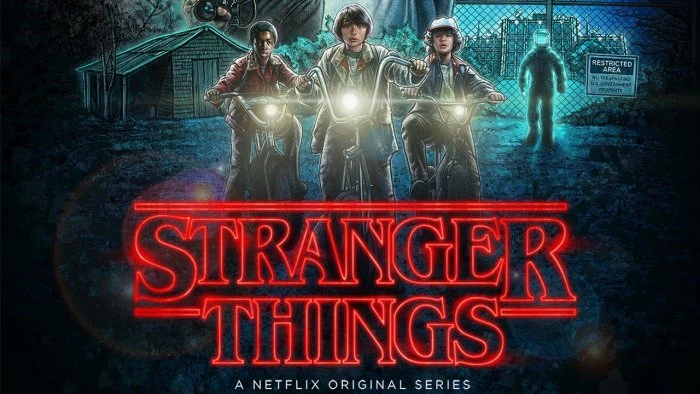
It is therefore only natural that there should be a great deal of nostalgia for that period, even among those of us who can remember that it was far from perfect and that it did not feel like a particularly great cultural moment at the time. Stranger Things is a product of the nostalgia and a vehicle for it. Do not confuse it with historical reality. Life for most people back then was not all about big hair, heavy makeup, garish clothes, and conspicuous consumption.
It is perhaps significant that the Duffer Brothers, who wrote Stranger Things, were only born in 1984. They probably cannot remember too much directly, except perhaps the music in the air. It could be that their parents or someone built a good collection of VHS, or even Betamax, video tapes at the time. If so, the Duffers' memories are more likely based on these rather than on their personal experience. Stranger Things is therefore about the image of the Eighties rather than the Eighties proper.
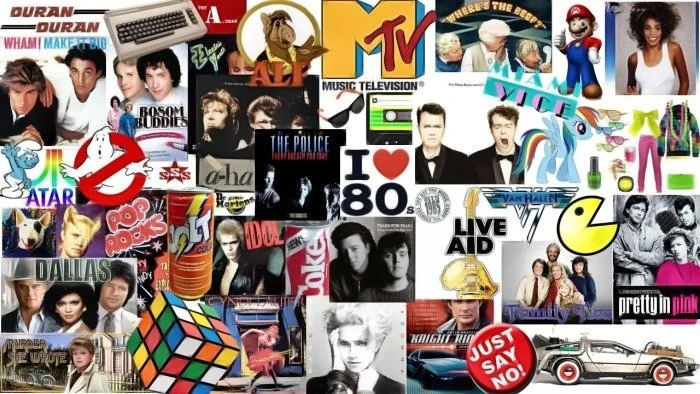
The same is true of most childhood memories since television became practically universal in the West. The line between image and reality has blurred. Stranger Things seems well aware of this and sets out quite deliberately to exploit it. Since it is not pretending to be a historical drama, and is rather more of a tribute to Eighties culture, this is perfectly ethical. It is set more in the world of MTV videos than a realistic Midwestern community of the time. There are even moments when it seems positively satirical.
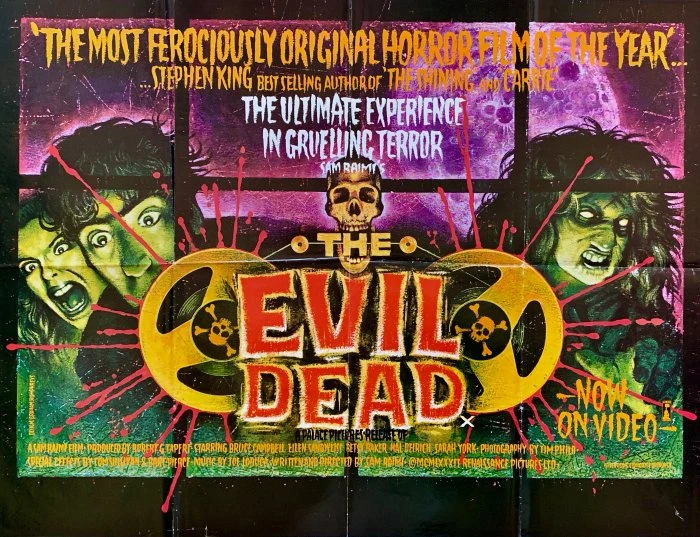
The cultural references come thick and fast. Indeed, playing "spot the reference" is probably a greater source of entertainment than the actual plot. Many of the references are explicit in the dialogue - as usual these days, most of the characters are culturally very literate - but others are more subtle. Plot points, strategically placed posters, and even the composition of individual shots are obviously influenced by Eighties feature films, television, and books. It sometimes feels slightly surreal when story events are obviously influenced by films that are mentioned in the script, implying that Stranger Things is set in two universes at once, our actual universe in which the films are films, and the universe of the film in which things from the film are real. For example, attention is drawn to a poster for Sam Raimi's The Evil Dead which is obviously a very big visual influence on things that happen throughout the season.
This is appropriate because the plot is centred on the old conceit of there being a parallel universe similar to our own but crucially different. To be honest the story is fairly formulaic: we have a small town with a mysterious laboratory, evil Government scientists meddling with things Man is not meant to know, and creatures breaking out of a Lovecraft universe into our own.
None of this is particularly important except as a device to get engaging characters doing things. Neither is it particularly original, which is of course the whole point. What we are really getting is a stereotypical Eighties universe and it is glorious fun. This is a very brief spoiler light overview of the first season.
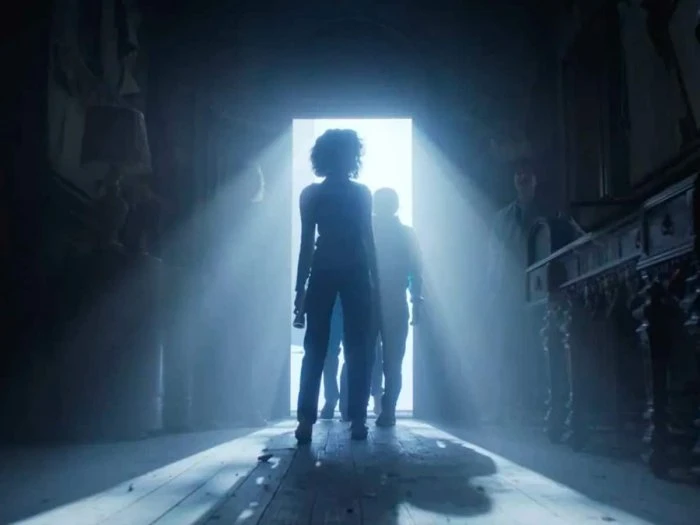
We start off by meeting basically the kids from ET, with a touch of The Goonies. Then we enter John Hughes High School movie territory as we meet their older siblings. The backdrop for all this is the sort of idealised small town America seen in Back to the Future and Gremlins, which were made soon after the date when this first season of Stranger Things is set, late 1983. The horror element is an amalgam of the films of David Cronenberg, John Carpenter, William Friedkin, George A Romero, the aforementioned Sam Raimi, and various adaptations of the novels of Stephen King. One sequence seems to be a shot for shot visual re-enactment of Stand by Me - set in the Fifties but a quintessential Eighties film.
The clothes, the toys and consumer products, the games, the hair, the background news, the photography, the vibrant colour, and even the style of the titles all scream Eighties. Scream is the right word: there is nothing subtle about any of this.
Best of all is the music, not just the casual inclusion of the hits of the day on the radio or in the background, but the constant use of synthesizers for the incidental tracks. If some aspects of Stranger Things exaggerate a bit, the ubiquity of synthesizers is completely accurate. Anyone who was there will tell you that. It is what we remember.
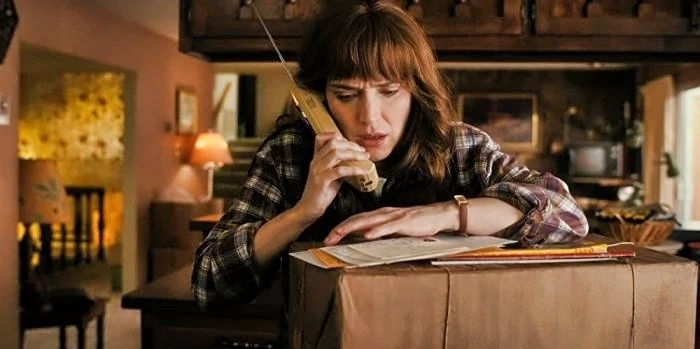
The headliner in the cast is herself an Eighties legend, Winona Ryder. She plays Joyce Byers, a divorced, stressed out mother who is trying to raise two boys by working long hours for a pittance. A clever scene emphasises an important point, not made enough in supposedly more serious television drama, that such a protagonist is unlikely to have cash reserves for when a crisis occurs so that she can simply go off and deal with it. Poverty does not work that way.

Her elder son Jonathan (Charlie Heaton) is a loner who develops a crush on middle class Nancy (Natalia Dyer), who has also been targeted by Steve Harrington (Joe Keery), the "King of Hawkins High," the spoilt son of a wealthy family who runs through girls, and strolls through life in general, with casual ease. It is a classic John Hughes love triangle with the poor outsider, the sensible girl, and the "popular jock."

Joyce's younger son, Will (Noah Schnapp), happens to be friendly with Nancy's younger brother Mike (Finn Wolfhard). The two of them form a tight knit group of friends with Lucas (Caleb McLaughlin) and Dusty (Gaten Matarazzo). It says everything about where they are in the John Hughes hierarchy that the four of them are the mainstays of Hawkins Middle School's Audio Visual Club, and they play a lot of 'Dungeons & Dragons' together.
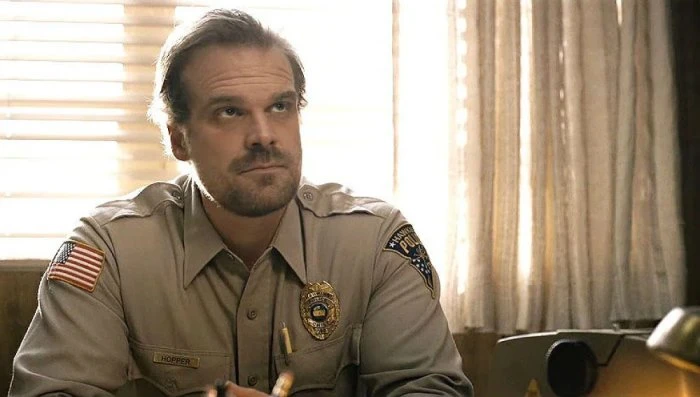
When Will goes missing - this is hardly a spoiler since the opening episode is tilted 'The Vanishing of Will Byers' - Joyce turns to the local Chief of Police, Jim Hopper (David Harbour), an old High School friend. Jim is a borderline alcoholic since losing his daughter, but he throws himself into the investigation and soon begins to suspect that the scientists running the nearby laboratory know more than they are telling.

He is not wrong. Nor is it a coincidence that a young girl who can barely speak and has no name - just the number 11 tattooed on her arm - turns up out of nowhere and finds sanctuary with Mike. Her tentative friendship with Mike and his gang is straight out of ET. Also straight out of ET is the mysterious scientist with a small army trying to track her down. However, where the scientist in ET proved to be well meaning, in Stranger Things he is a ruthless abuser of children in the name of what he believes is the greater good. Eighties star Matthew Modine is cast very effectively against his nice guy image of the time.
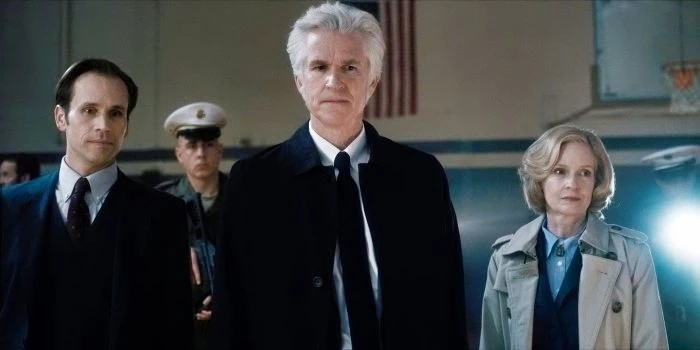
The acting in general is of a very high calibre. Ryder reminds us how good she is: she was the girl to watch in the Nineties and it looked as if she was going to be the biggest name of the Noughties, so it has always seemed strange that she practically disappeared for years after a shoplifting conviction - lesser stars have shrugged off a lot worse (and, having visited the shop in question, your reviewer is quite willing to accept that she might have forgotten to pay in her hurry to get out).
Harbour, a familiar face as a "heavy," proves he can handle a leading role. Matarazzo, in what is essentially the "fat kid" part in spite of him not being fat, is bubbling with precocious charm. Keery has a surprisingly effective and satisfying character arc, taking an initially very disagreeable teenager on a credible journey of redemption.
Best of all is Millie Bobbie Brown as "Eleven" or "El," exuding a poignant vulnerability while hinting at huge untapped powers beneath. Her rather disconcerting stare combines a frank ignorance with deep intelligence so that she is at once both appealing and rather frightening.
The mood of the piece swings between humour and deep darkness. Likeable characters are killed, really killed, and in horrible ways. In one case there was something of a public backlash, but it made the point clearly that, for all its amiability, death is still very much on the line in Stranger Things.

Although the different strands are entwined with great skill, the plotting does get a bit messy towards the end of the season. Who cares? The whole point is not to solve a fairly obvious mystery but to luxuriate in all the nostalgia. Concentrating on that delivered a huge critical and commercial success for Netflix, and deservedly so. One actually feels a bit sad having to leave these agreeable characters and their pastiche Eighties alternative universe. One becomes nostalgic for the nostalgia.
Seen this show? How do you rate it?
Seen this show? How do you rate it?
Published on May 16th, 2022. Written by John Winterson Richards for Television Heaven.


